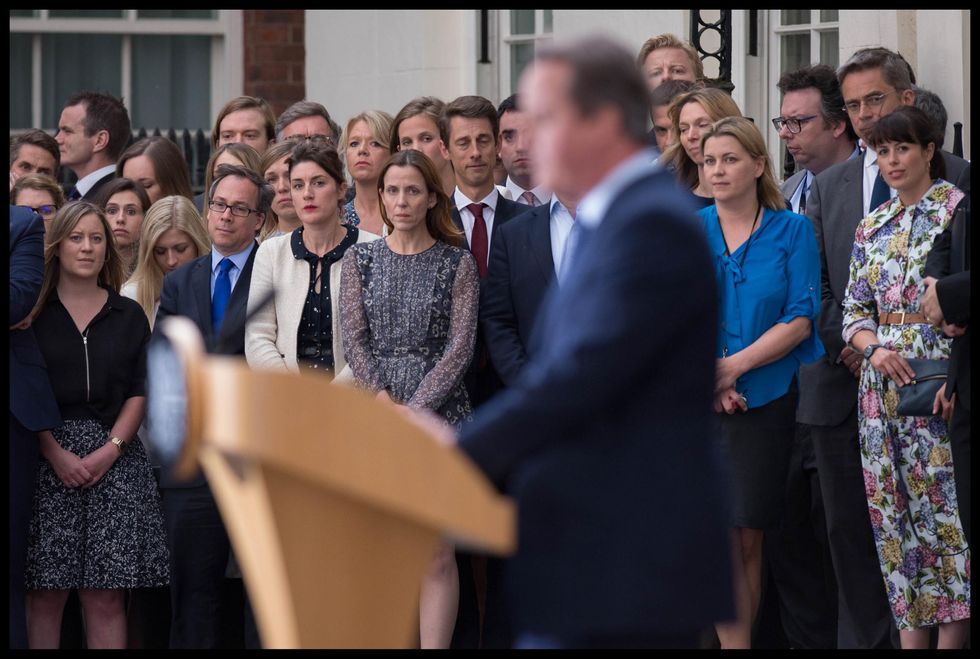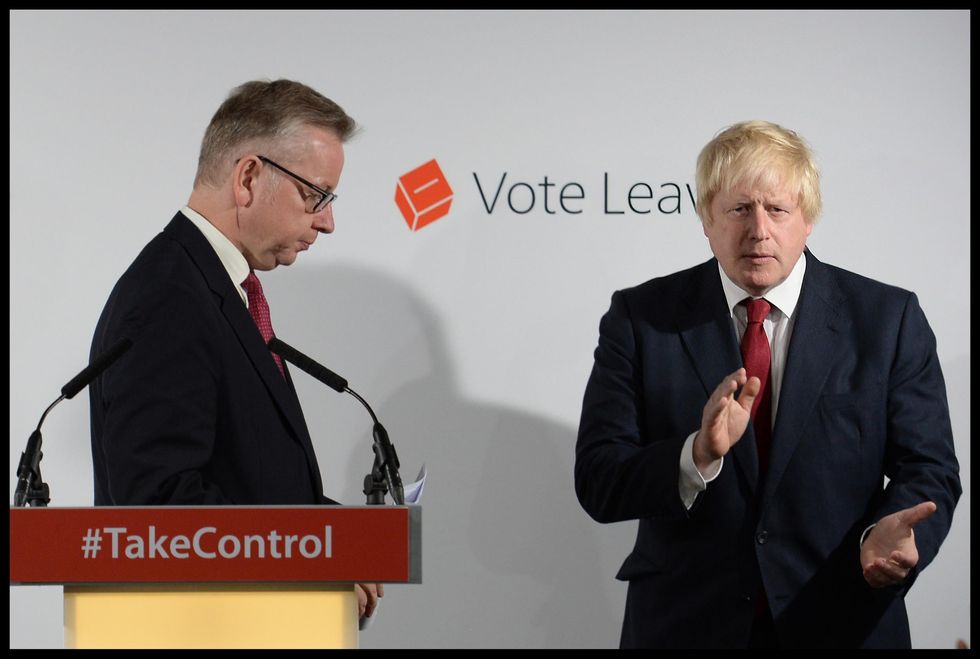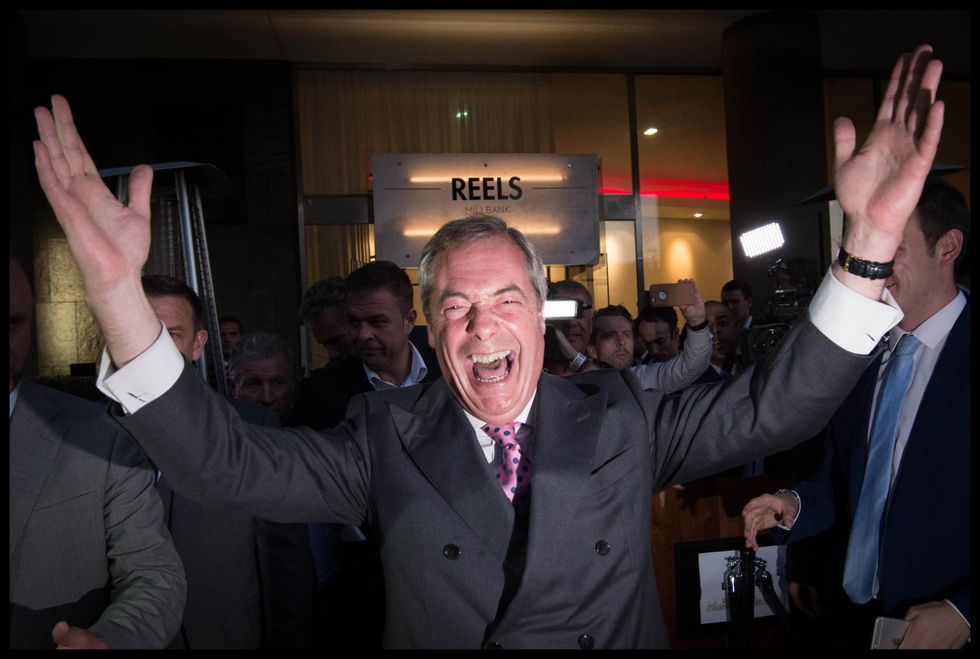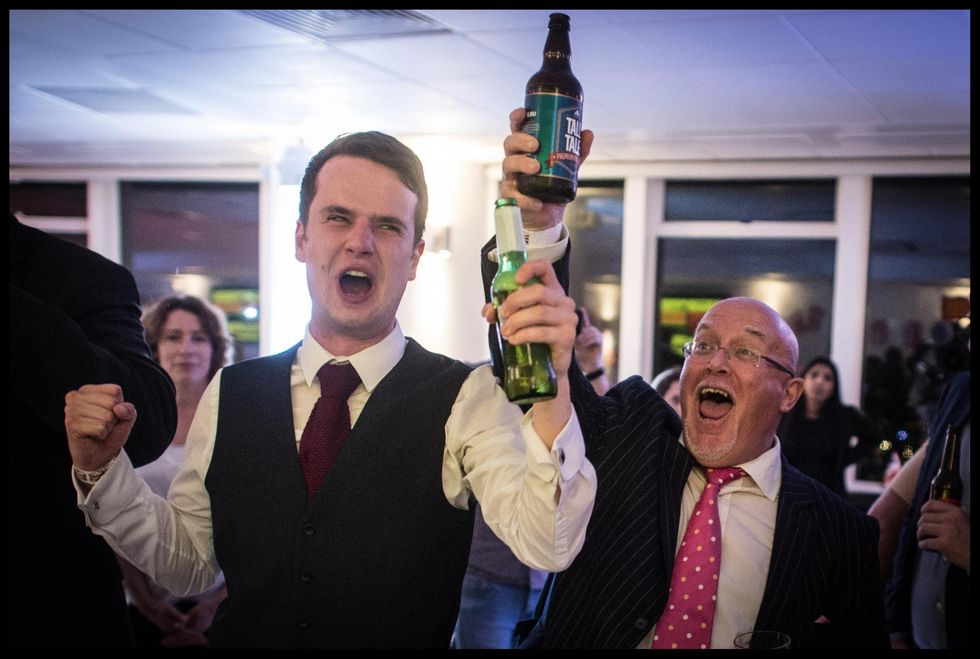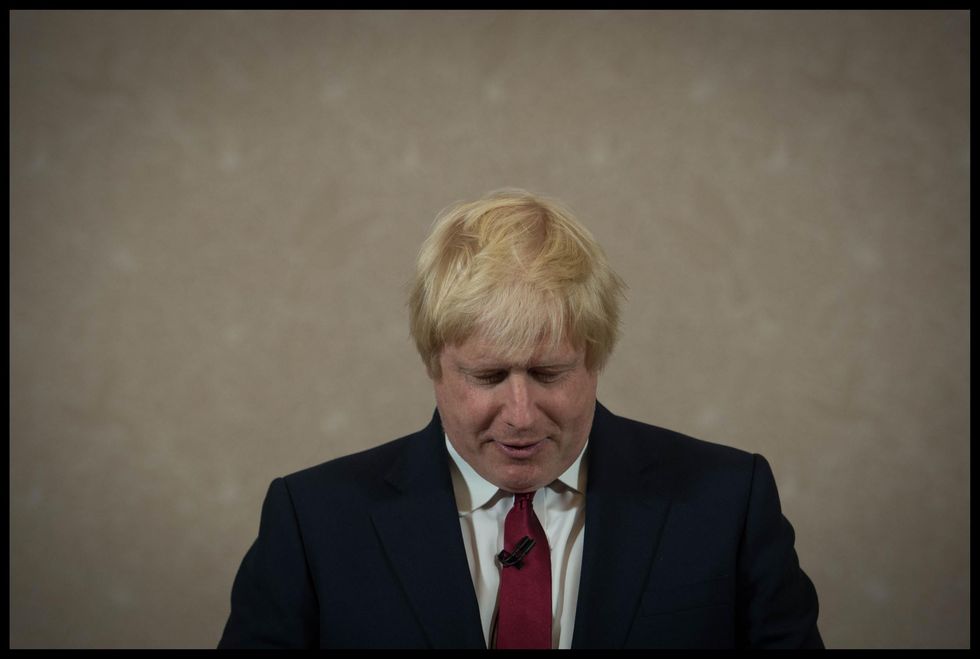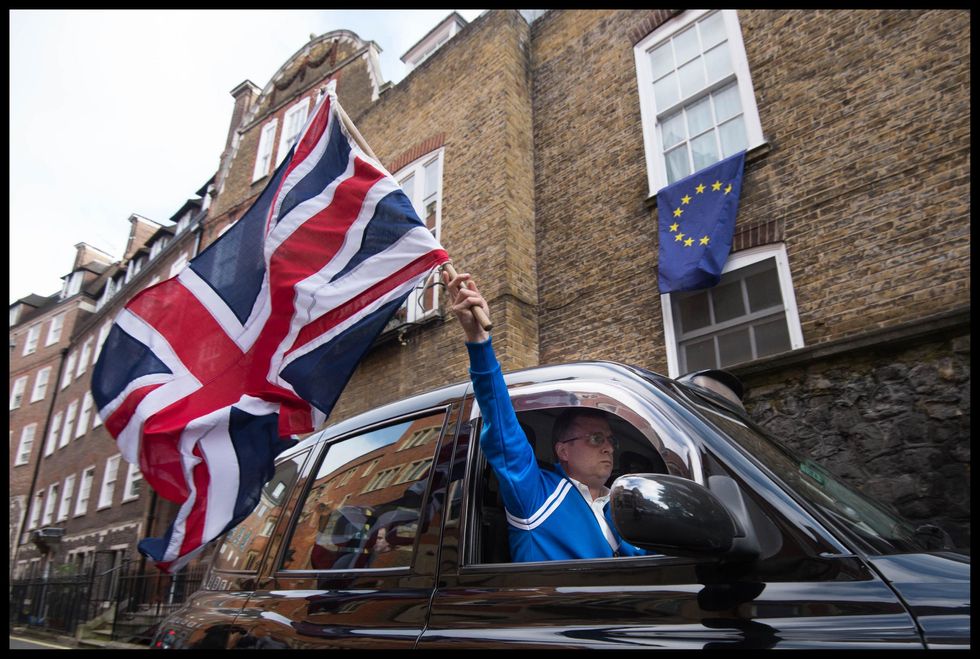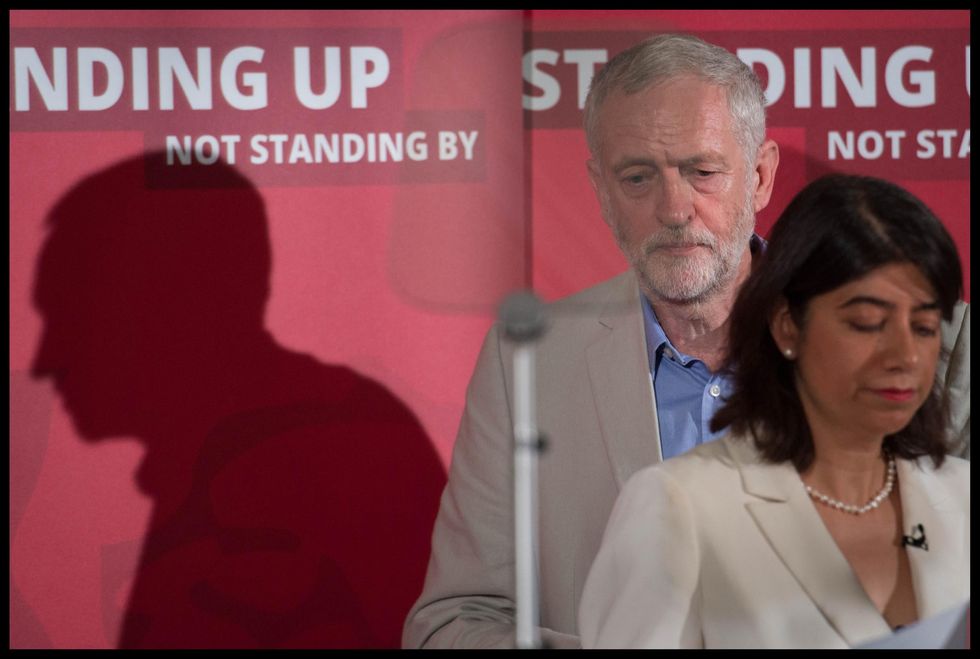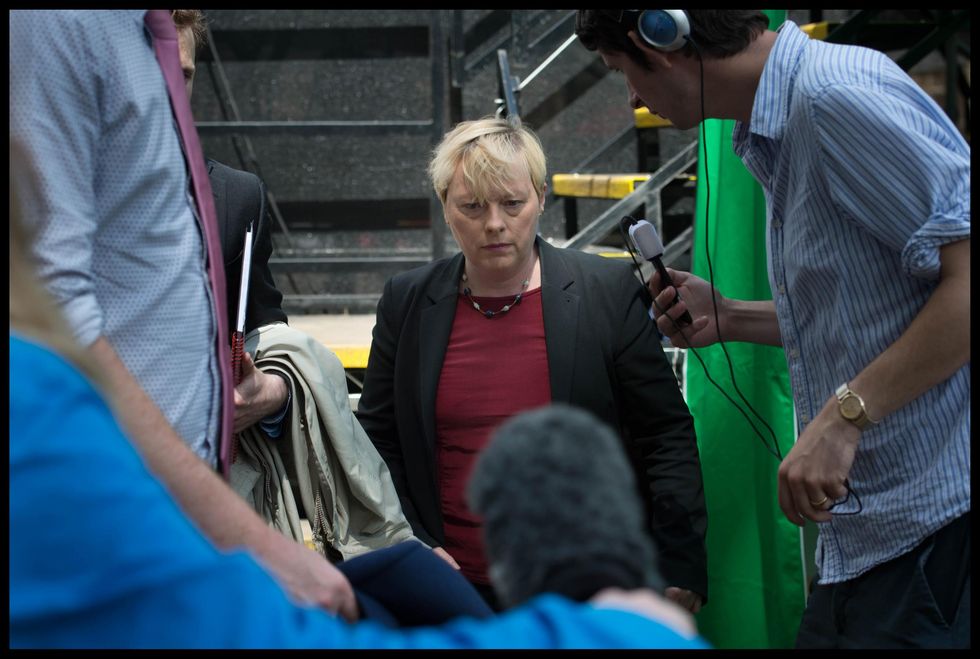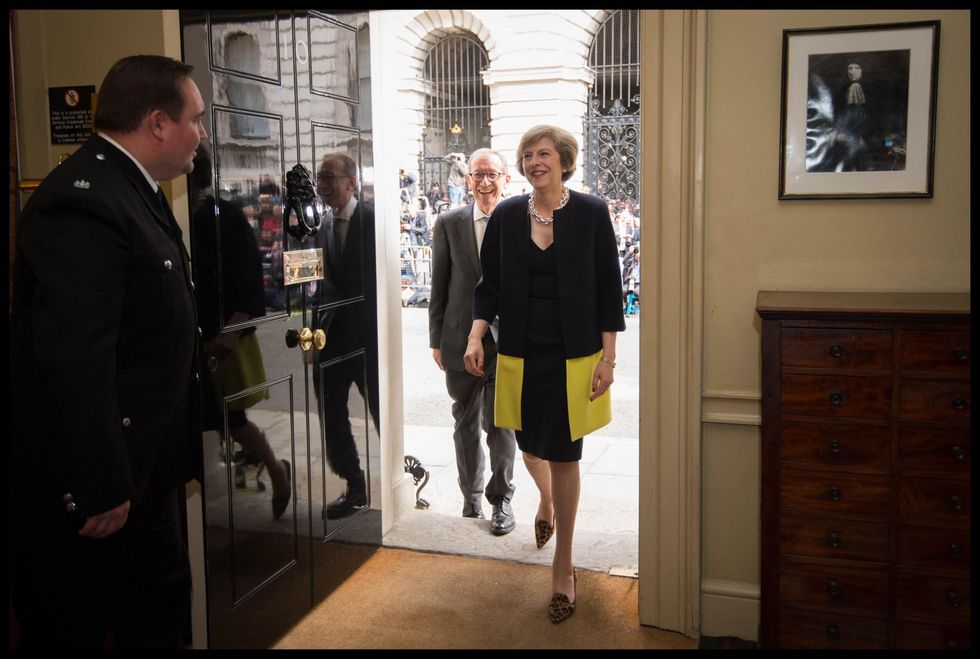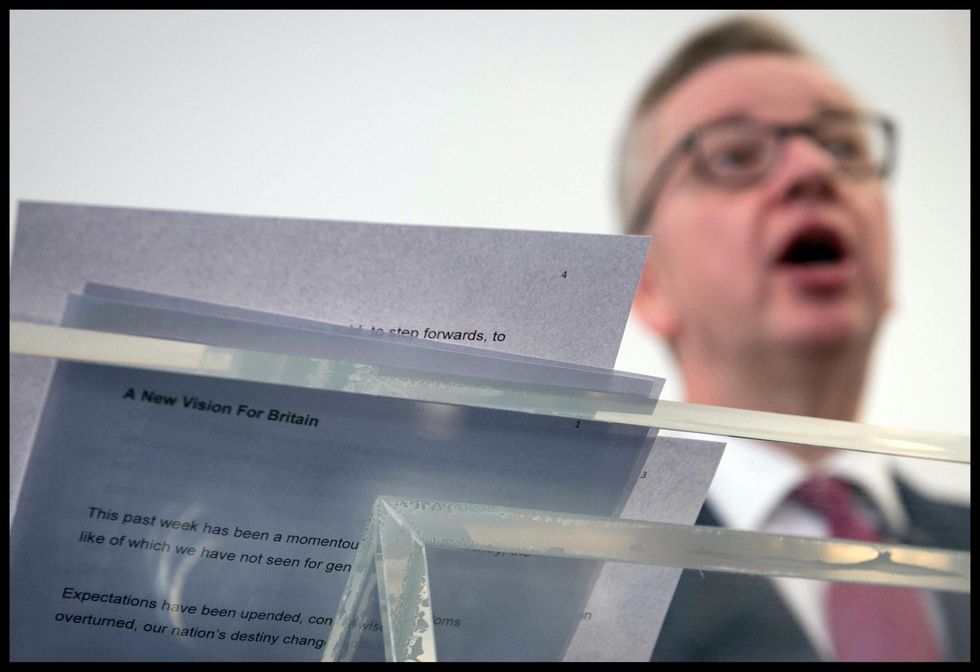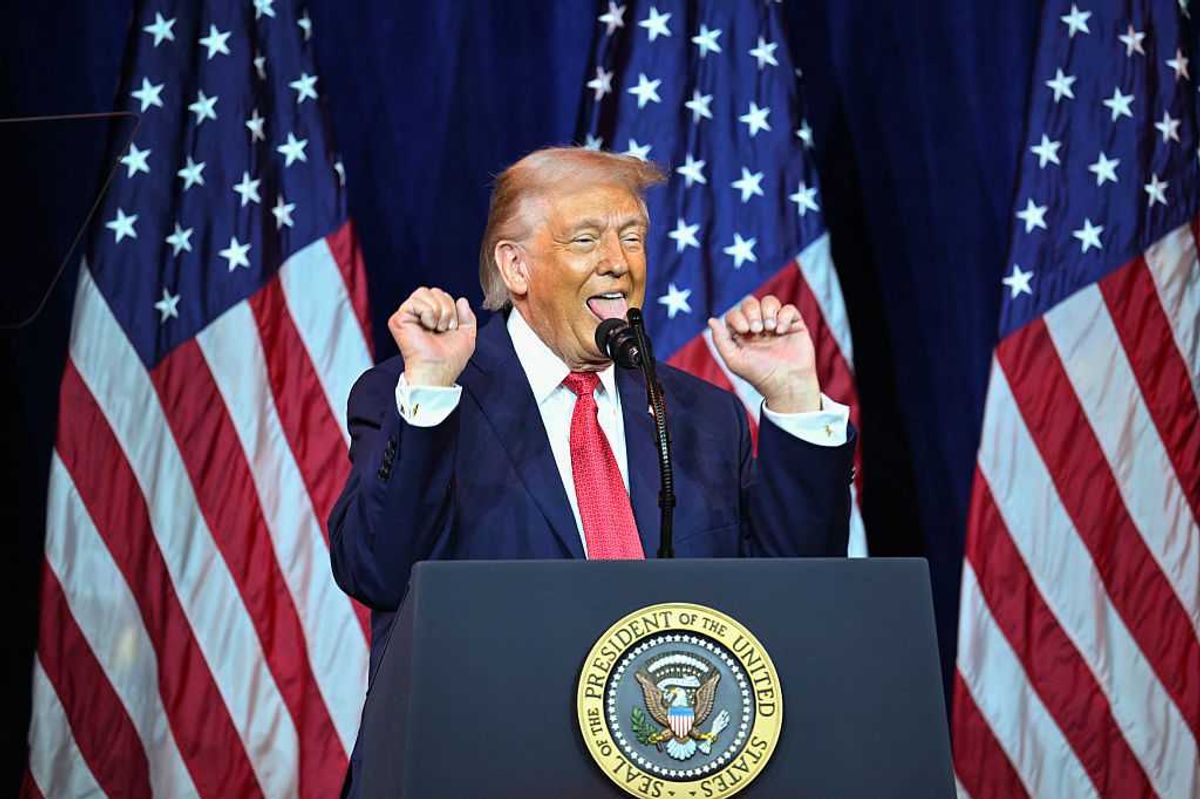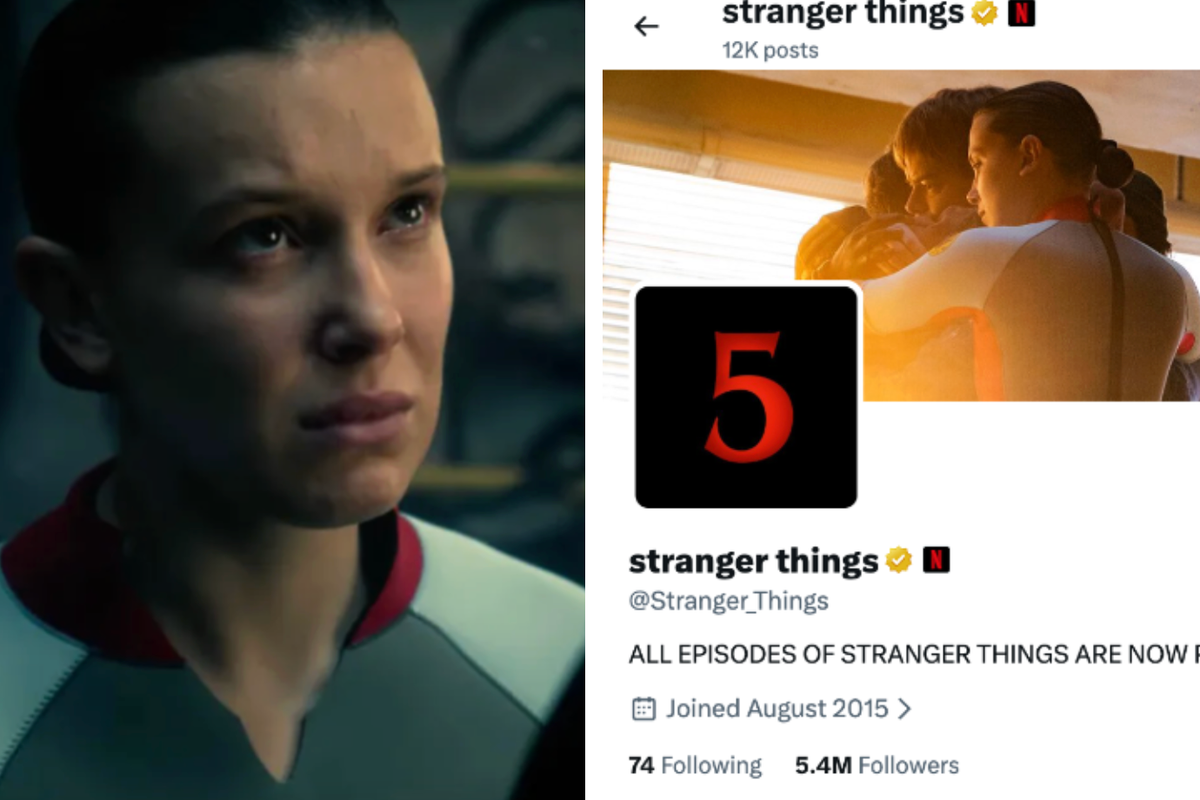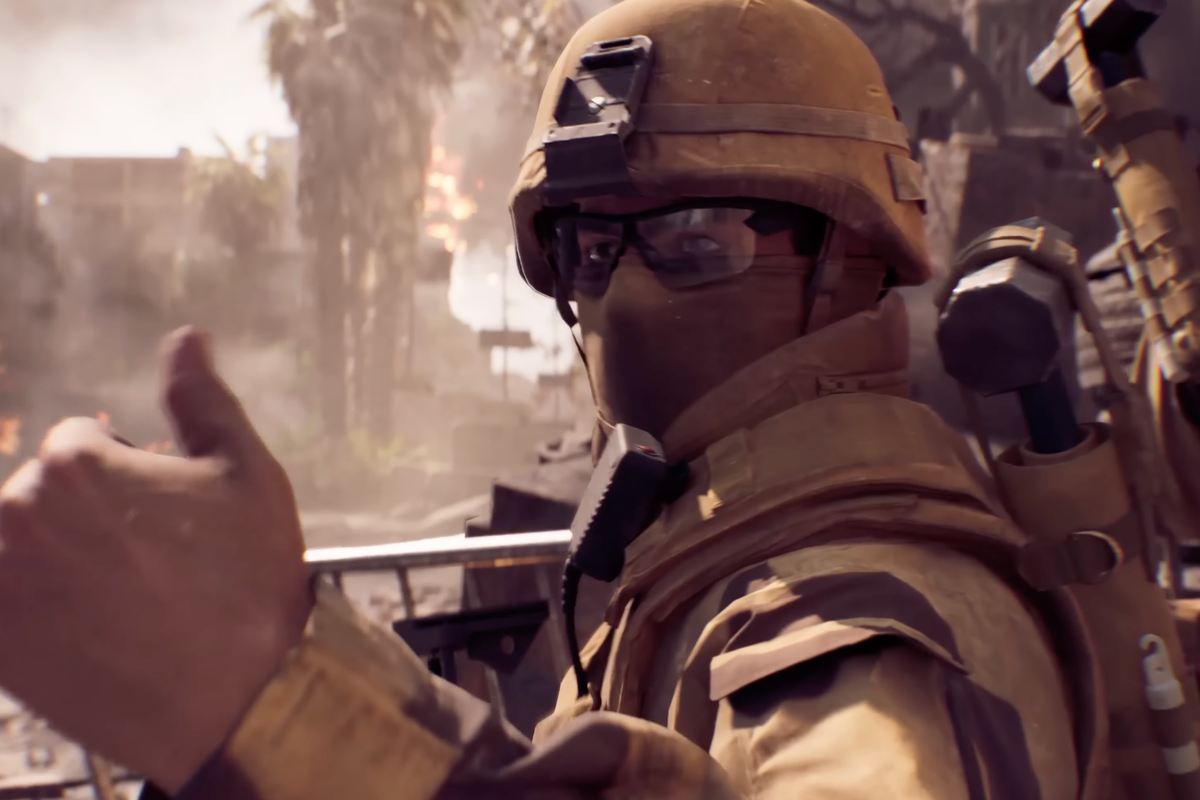News
Louis Cheslaw
Jul 23, 2016
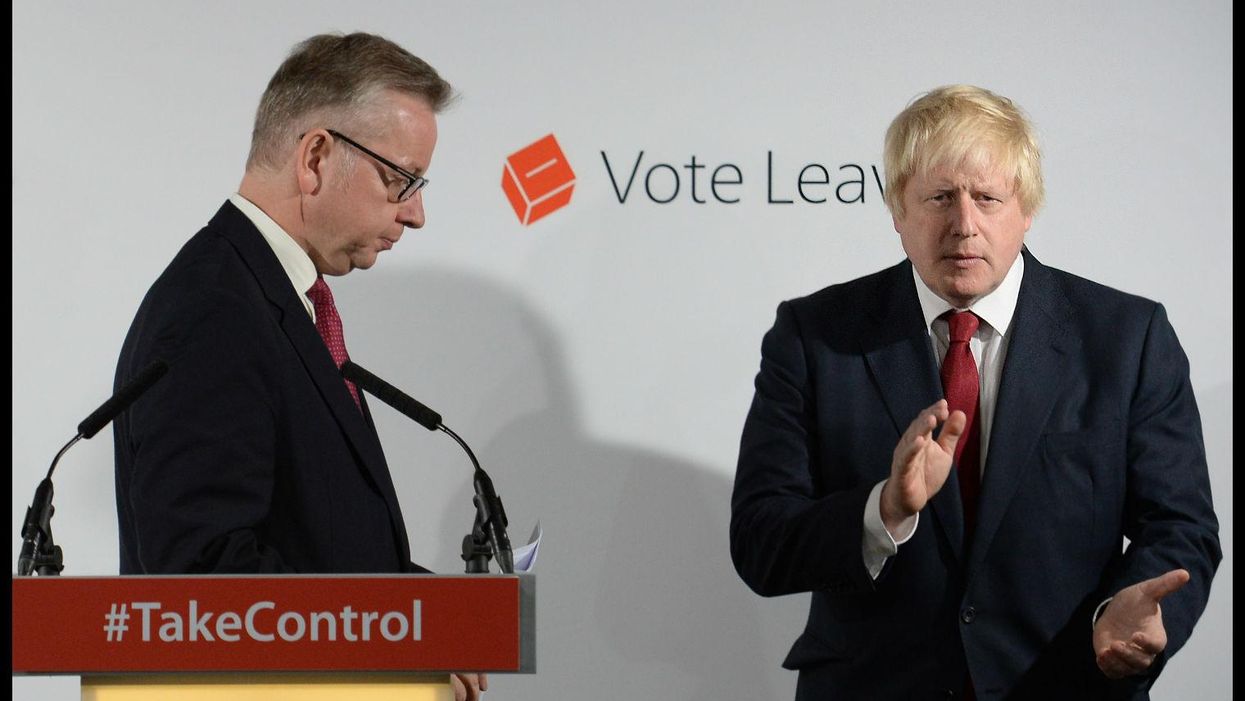
Stefan Rousseau, as the Chief Political Photographer for the Press Association, has had a front-row seat for most major British political events of the last decade.
A two-time British Press Awards Photographer of the Year, he’s been the filter through which we’ve seen Tony Blair visit Iraq, Ed Miliband campaign across the country and Barack Obama host David Cameron at the White House. And in a news culture that is increasingly visual, the role of the press photographer is becoming a more significant one by the day.
The weeks since Britain voted to leave the EU have been a busy time for political journalists. indy100 caught up with Rousseau to ask what he sees as the most powerful images he's captured recently, many of which are already famous snapshots of post-Brexit Britain:
1. David Cameron resigns
Rousseau, who has known David Cameron and his staff for a decade now, says that he noticed the expressions on the faces of his aides and advisors as the Prime Minister resigned before deciding to switch his focus for this photograph. This was also the moment for Rousseau when the gravity of the occasion first sunk in. As he remembers:
Myself and many of my colleagues hadn’t stopped all night - we left the Vote Leave party where Nigel Farage was celebrating, to Westminster where people were beeping their horns, then to a Farage press conference - we really didn’t have a moment to think. So every time I stopped briefly between jobs you would suddenly think ‘Blimey, we just took ourselves out of the EU’. I was so busy it was difficult to process it.
I think it was the moment the next morning, when I saw Samantha come out with him, that I thought 'He’s going to resign.' That’s when it hit home. From then on we were just see-sawing, people were resigning, people were arranging leadership campaigns, but my frustration was that all the leadership stuff was a distraction from the bigger story which is that we’ve just voted ourselves out of the European Union.
2. Boris Johnson and Michael Gove’s ‘victory speech’
“Their expression here says to me ‘What have we done?’”, says Rousseau, adding “This was supposedly the celebratory statement from the Vote Leave campaigners.”
Asked whether he goes into events like these with the image he wants in mind, Rousseau instead reveals that:
If you go in with a preconceived idea of the picture you want, nine times out of ten that picture will never happen. It’s easy to come up with an idea of what it’ll be before, but you throw yourself off. I’ve missed stuff in the past when I’ve decided that I’m going to get a certain picture, and then you look in the paper the next day and realise that somebody else got the right shot - and you were wrong.
3. Nigel Farage celebrates
Rousseau took this image at the Leave EU Party at about 4am. Earlier in the evening Farage had conceded that he’d probably lost the battle for Brexit - this, however, was “the exact moment when he realised the UK had voted itself out of Europe.”
4. The Vote Leave drinkers
Also taken at the Leave EU party, Rousseau captured this image at the point in the night when those in the room started to realise that it might actually be happening.
5. Boris Johnson drops out
Remembering this press conference, Rousseau notes how despite word having spread that Johnson was going to drop out of the race, once his aides and supporters appeared the atmosphere in the room felt like “everything was on”.
Then, at the point when he uttered the words “and that’s why it cannot be me”, Rousseau remembers “many sharp intakes of breath and astonishment.”
Asked whether there’s anything that a picture can’t capture, Rousseau says:
“It’s very easy in a photograph to make somebody look sad or happy, because at some point they will look down, and at some point they will smile. There were moments during the Tony Blair Chilcot press conference when he smiled and laughed, and I photographed that, but that didn’t tell the story of a very somber day. It would have been quite misleading.
A good example is the Ed Miliband eating a bacon sandwich picture – if you watch the video of him doing that, it looks like you or I eating a bacon sandwich, but our cameras are so fast it can freeze his face in that very awkward moment, which is very unfair.
6. London cabbie waves a Union Jack flag
For this image, Rousseau had to run from photographing Nigel Farage to a street corner where he remembered having seen an EU flag hanging from the window after noticing this cabbie approaching and waving a Union Jack. The image ended up being widely published around the world.
Asked what other moments in his career he can remember feeling particularly momentous, it is a personal one that stands out for Rousseau. “When David Cameron and Nicolas Sarkozy went to Libya for the first time” he remembers, “Gaddafi was still knocking about somewhere, but they felt that things were turning out for the better at that point, and I felt goosebumps when I joined them at the airport because I have dual nationality – French and British - and I thought ‘Blimey, I’m just a guy from Newcastle, and now I’m the only photographer here photographing my two respective leaders.’”
7. Jeremy Corbyn's first post-Brexit speech
Rousseau tells me that Corbyn is a lot easier to photograph than party leaders he’s worked with before, in part due to his politeness, but also thanks to his not having a large team of advisors worrying about whether the photographers do or don’t get certain images.
Life as a political photographer entails building a number of close relationships with party leaders like Jeremy Corbyn. “Tony Blair, David Cameron and Ed Miliband were all people I got to know fairly closely”, he said.
[But] I’ve always been very proud of the fact that I’ve kept myself at arm’s length to retain objectivity. I’d never tell anyone who I vote for, for example. But it is very difficult not to become a little drawn into it. If it’s a difficult picture to take and you’ve become close to the person then it can become quite hard, which is why I always try and keep a distance. Working for the PA, we have to just photograph as we see it, so if a politician’s having a bad day one day we have to show that, and if they’re equally having a good day and everyone’s all smiles we’ll show that too. We don’t have any agenda.
8. Angela Eagle is pressed for a decision
This picture was taken when there was huge confusion as to what was happening inside the Labour Party. Was there a coup? Was she or wasn’t she going to stand against Corbyn as leader? Looking at this picture, I’m not sure she knew either.
9. Theresa May enters 10 Downing Street as prime minister
Asked about the sense of occasion he feels on moments like these, Rousseau accepted that although “after almost thirty years in the business the times I get nervous are few, this was certainly one of them.”
Rousseau knew that there was only going to be the briefest window for him to capture May, her husband and the doorman at the exact point that the new prime minister crossed the threshold.
The arrival of May into the top job also changes things for Rousseau, who has spent the past six years building up his relationship with the former prime minister, and must now begin structuring his days around someone else. When we speak, he is in Berlin to photograph May’s press conference with Angela Merkel, and is keen to note that even though “you shouldn’t have to mention the fact that they are women”, he’ll nevertheless be photographing two of the most powerful women in Europe, if not the world.
10. Michael Gove's leadership launch speech
Here, Michael Gove delivers his short-lived ‘New Vision For Britain’. Rousseau recalls suddenly noticing “that you could see his speech from underneath him, on a day when he was quite easy to get close to."
I actually was hoping that the wording you could see would be more revealing, but obviously that was the first page he’d turned over, and I felt it still did tell a story. Normally when you photograph a politician talking, the photo has no way of showing what they’re saying, so it was actually quite a good way to get that across. Those sort of pictures, though, when you’re focusing the camera on something else and not the person, only work when it’s someone quite distinctive.
Follow Stefan Rousseau on Twitter at @StefanRousseau
More: There is a petition to have the pudding Eton mess officially renamed 'Brexit'
Top 100
The Conversation (0)
